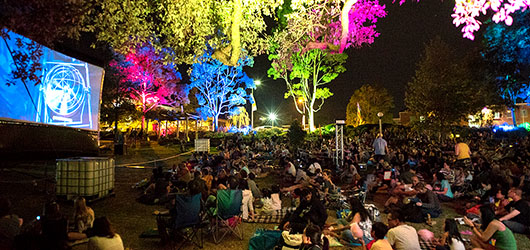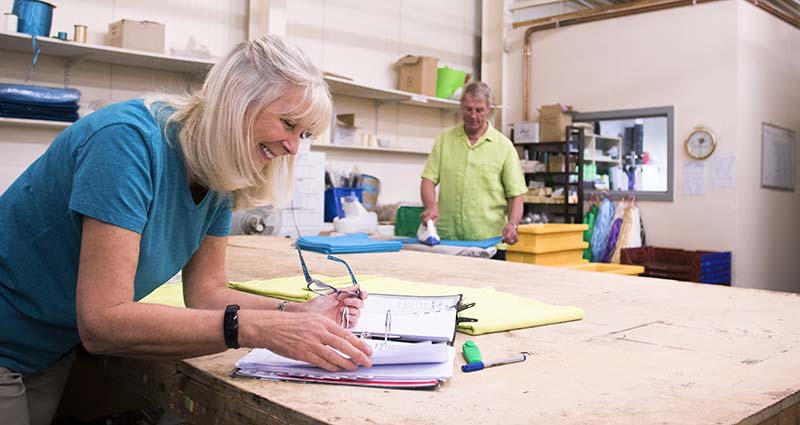How do I know what category to submit my artwork in?
The Hornsby Art Prize is categorised by technique. Knowing how to categorise your entry can sometimes be a simple answer and sometimes a difficult one. Ultimately, the artist is submits the work into the category that most closely resembles the technique used to create the artwork. So an artwork that has been created by applying paint to a canvas will be submitted into the category of Painting. Where an artist has used multiple techniques to create a work, the artist must identify the predominant technique employed and submit the work in the relevant category.
The categories of Drawing and Painting do not require a specific explanation. More details are provided about the categories of 3D Works, Printmaking and Digital Art – Stills because of the plethora of ways in which they can be interpreted.
Printmaking
Printmaking is defined as the production of images using various techniques of multiplication, done by the hand of the artist. The Hornsby Art Prize accepts prints utilising (partially or totally) the three major printing processes: relief, intaglio and surface (including lithography and stencil methods).
Prints are considered to be original, even though they can exist as multiples. Every print within an edition will be considered as one original work. This means that if one print in an edition has previously been exhibited in an art prize or competition with NSW, the entire edition (including the AP or PP) will be considered to have been exhibited. Therefore the print, regardless of its number within the edition will be outside the Conditions of Entry for the Hornsby Art Prize.
Fine art photography, reproduction prints, digital art, documentary photography (of performance art) and pigment printing or Gicleé printing will not be accepted within the Printmaking category of the Hornsby Art Prize.
Digital Art
Digital Art is defined as any artistic practice or artwork that relies on the use of computers in its main creation. A Still or Still Imagery is considered to be a non-moving visual representation of something (person, place, object, concept, etc.). For the purposes of the Hornsby Art Prize, the category of Digital Art – Stills will accept non-moving artworks that have been created, in the main part, using computers, computer programs or mechanical printing processes. These artworks may be 2 or 3 dimensional. Digital photography, digital imaging, digital painting, digital illustrating and Tradigital art, subject to the Conditions of Entry, will be accepted into the Digital Art - Stills category of the Hornsby Art Prize.
All artworks submitted into the Digital Art – Stills Category will be printed in some form. Prints are considered to be original, even though they can exist as multiples. Every print within an edition will be considered as one original work. This means that if one print in an edition has previously been exhibited in an art prize or competition with NSW, the entire edition (including the AP or PP) will be considered to have been exhibited. Therefore the print, regardless of its number within the edition will be outside the Conditions of Entry for the Hornsby Art Prize.
The Hornsby Art Prize Project Team recognises that this definition of Digital Art does not embrace the fullest understanding of Digital Art and the mediums’ opportunities for working with time-based art, interactive art or digital presentation methodologies. The current definition recognises the existing display limitations of the Hornsby Art Prize delivery venues.
3D Works
3D Works are defined as artworks created in three dimensions using at least one of 5 processes including, carving, modelling (in clay), modelling and then casting, constructing or assemblage.
Where an artist has any queries about which category to submit their work into, they are encouraged to contact the Arts/Cultural Development Officer on 9847 6632.







